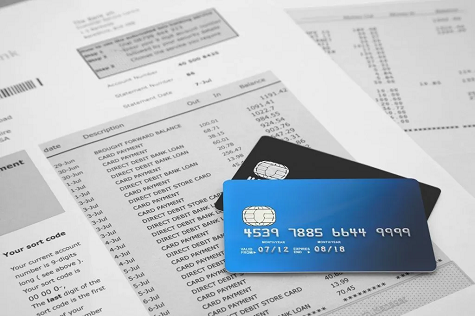Section 8-1: Single-Payment Loans
Section 8-1: Single-Payment Loans
Overview


Single payment loans, also known as balloon loans or lump sum loans, are a type of loan in which the borrower receives a single lump sum of money upfront and agrees to repay the entire loan amount, along with any accrued interest, in one single payment at the end of the loan term. Unlike traditional installment loans where borrowers make periodic payments over time, single payment loans have a single payment due date.
Here are some key features of single payment loans:
Loan Amount and Term:
- Single payment loans typically involve relatively short terms, often ranging from a few months to a few years.
- The loan amount is determined based on the borrower's needs and financial circumstances, and it is disbursed to the borrower in one lump sum at the beginning of the loan term.
Interest Accrual:
- Interest accrues on the entire loan amount throughout the term of the loan.
- The interest rate on single payment loans may be fixed or variable, depending on the terms of the loan agreement.
Repayment Structure:
- Unlike installment loans, which involve making regular payments (such as monthly or quarterly), single payment loans require the borrower to repay the entire loan amount, including principal and interest, in one single payment at the end of the loan term.
- This single payment typically includes the original loan amount plus all accrued interest, resulting in a larger payment compared to installment loans.
Use Cases:
- Single payment loans may be used for various purposes, including financing short-term projects, making large purchases, or addressing immediate financial needs.
- They are sometimes used by individuals for emergency expenses, down payments on other loans, or to take advantage of investment opportunities.
- In the business context, single payment loans may be used for temporary working capital needs, equipment purchases, or bridge financing.
Risks and Considerations:
- Single payment loans carry certain risks for both borrowers and lenders.
- For borrowers, the main risk is the obligation to repay the entire loan amount plus interest in one lump sum payment at the end of the loan term. This can be challenging if the borrower is unable to come up with the necessary funds.
- Lenders face the risk of non-payment or default if borrowers are unable to repay the loan as agreed. This risk is heightened in the case of unsecured loans where there is no collateral to recover in case of default.
Overall, single payment loans provide borrowers with access to funds for short-term needs, but they require careful consideration of the borrower's ability to repay the loan in full at the end of the term. Borrowers should assess their financial situation and explore alternative financing options before committing to a single payment loan.
Online Textbook Read Section 8-1: (Single-Payment Loans)
